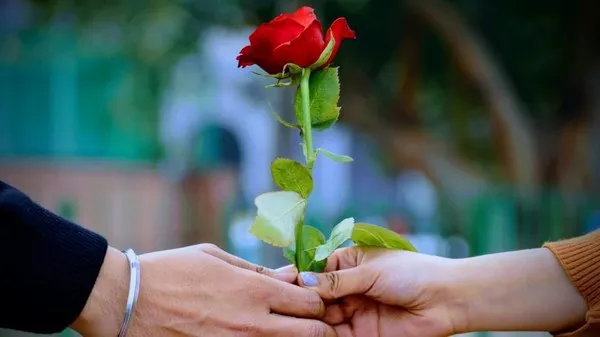In the world of floristry, holidays mark peak seasons for flower sales. From Valentine’s Day to Mother’s Day, each holiday brings its own unique significance and demand for floral arrangements. Understanding which holiday sells the most flowers is crucial for florists and flower businesses to capitalize on these peak periods and maximize revenue. In this article, we delve into the dynamics of various holidays and analyze which one reigns supreme in the flower industry.
Valentine’s Day: The Classic Flower Fest
Valentine’s Day stands as an icon in the floral industry, renowned for its association with love and romance. Each year, millions of people across the globe express their affection through the timeless gesture of giving flowers. Roses, particularly red ones, dominate sales during this holiday, symbolizing passion and love. However, the demand extends beyond roses to include other popular blooms like tulips, lilies, and orchids.
Florists prepare weeks in advance, stocking up on inventory and creating captivating arrangements to meet the surge in demand. The days leading up to Valentine’s Day witness a frenzy of activity in flower shops, with customers eagerly selecting the perfect bouquet for their loved ones. Despite the competitive market, Valentine’s Day consistently ranks as one of the top-selling holidays for flowers, generating substantial revenue for florists worldwide.
Mother’s Day: Honoring Maternal Love
Mother’s Day, celebrated on the second Sunday of May in many countries, is another major event in the floral calendar. It’s a day dedicated to honoring mothers and expressing gratitude for their unconditional love and support. Flowers play a central role in this celebration, serving as tokens of appreciation and affection.
The demand for flowers leading up to Mother’s Day rivals that of Valentine’s Day, with consumers flocking to flower shops to find the perfect blooms for their mothers. While roses remain popular, there’s also a preference for softer, more delicate flowers such as carnations, which are often associated with maternal love. Florists capitalize on this demand by offering a diverse range of arrangements tailored specifically for Mother’s Day, from elegant bouquets to vibrant mixed displays.
Christmas: Decking the Halls with Flowers
Although not traditionally associated with flower-giving, Christmas is a significant period for floral sales. During the festive season, flowers are used extensively in decorations, both in homes and public spaces. Poinsettias, with their vibrant red and green foliage, are a Christmas staple, adorning mantels, tables, and doorways.
In addition to poinsettias, other seasonal blooms like amaryllis, holly, and mistletoe also experience heightened demand. Floral arrangements featuring these festive elements are popular gifts for friends and family, adding a touch of natural beauty to holiday celebrations. Moreover, corporate events and parties during the holiday season drive further demand for floral decorations, making Christmas a lucrative time for florists.
Easter: A Blooming Celebration of Renewal
Easter, marking the resurrection of Jesus Christ in Christian faith, is a time of joy and renewal. Flowers play a symbolic role in Easter celebrations, representing new life and the arrival of spring. White lilies, in particular, are associated with Easter, symbolizing purity and hope.
Churches often adorn their altars with elaborate floral displays, incorporating lilies, tulips, daffodils, and other spring blooms. Additionally, individuals may exchange flowers as gifts or use them to decorate their homes for Easter gatherings and festivities. While Easter may not reach the same levels of flower sales as Valentine’s Day or Mother’s Day, it nonetheless contributes to the seasonal demand for floral products.
Conclusion
In the realm of flower sales, holidays serve as catalysts for heightened demand and increased revenue. While Valentine’s Day and Mother’s Day traditionally lead the pack in terms of sales volume, other occasions like Christmas, Easter, and weddings also play significant roles in shaping the floral market throughout the year.
Florists must adapt their strategies to capitalize on these peak periods, whether it’s stocking up on inventory, designing captivating arrangements, or offering promotions to attract customers. By understanding the dynamics of each holiday and catering to consumer preferences, florists can maximize sales and solidify their position in the competitive floral industry.
Ultimately, the appeal of flowers transcends specific holidays, with their timeless beauty and symbolic significance making them a cherished gift for any occasion. Whether it’s expressing love, honoring mothers, celebrating religious festivals, or marking life’s milestones, flowers remain an evergreen choice, enriching lives and brightening moments of joy and celebration.


